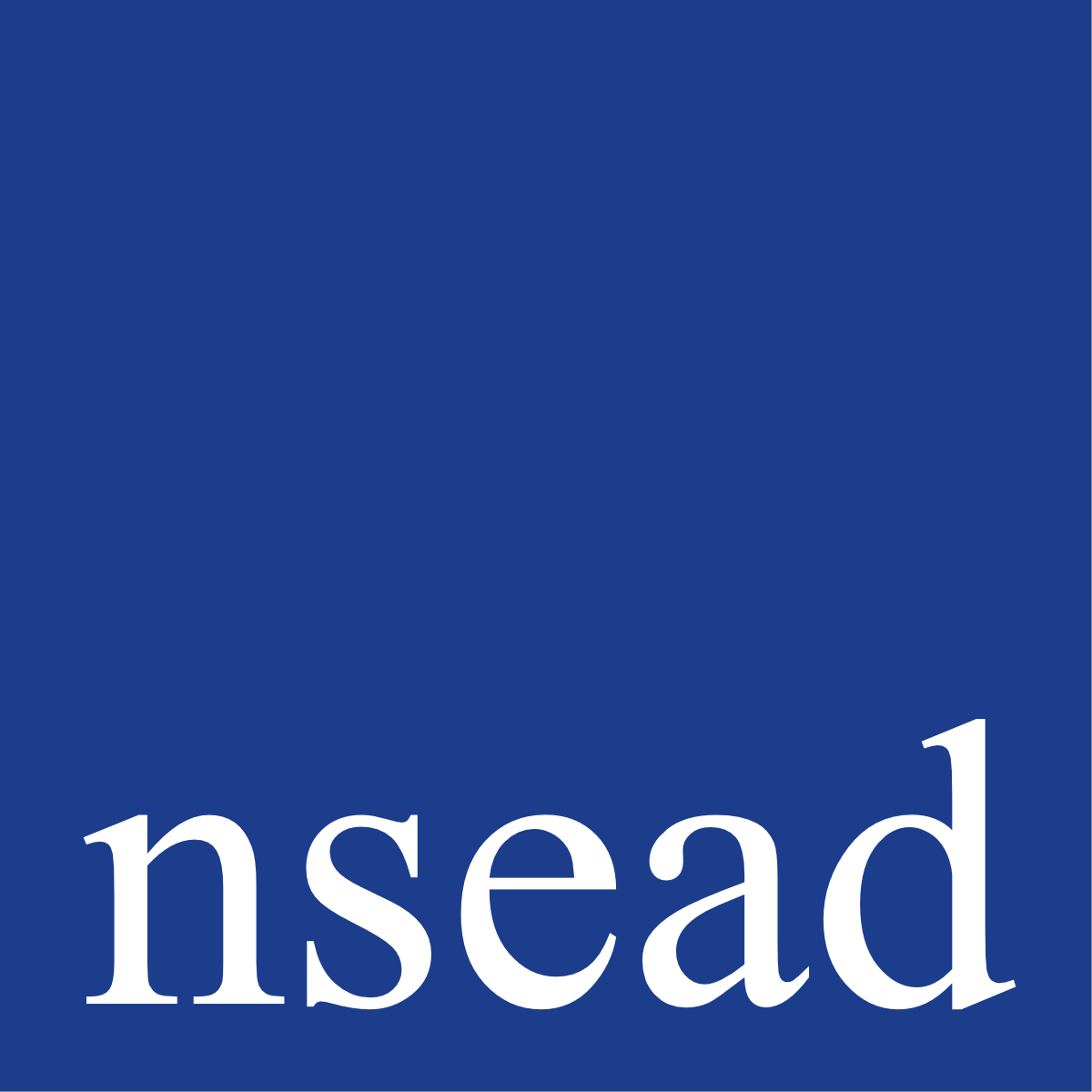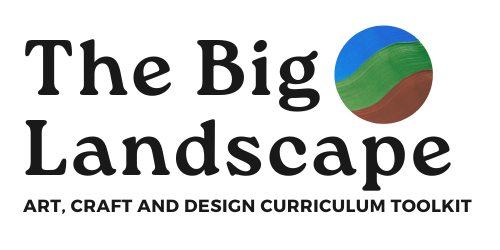AssessmentIn education, the term assessment refers to the wide variety of methods or tools that educators use to evaluate, measure, and document the academic readiness, learning progress, skill... in artArt refers to a diverse range of human intellectual and expressive activities and the outcomes of those activities. Within this context art is further defined..., craftCraft can be designed as intelligent making. It is technically, materially and culturally informed. Craft is the designing and hand making of individual objects and..., and designDesign shapes ideas to become practical solutions and propositions for customers and users. Design is all around us, everything man made has been designed. The... enables teachers and their pupils to consider, record, and enhance all aspects of pupils’ learning and achievement.
Teachers do this by considering, not only what pupils make, but also how they make it. They assess the skillsTechniques and attributes acquired through learning, engagement and practice students acquire, their critical and contextual thinking and the creative behavioursCreative behaviour has been viewed as the creative act, or a set of acts, which is made explicit through behaviour. Creative behaviour is not submissive;... they develop. Assessment takes into account what students know and learn about the toolsA physical item used to achieve a goal. A fashion designer might use a needle and tailors dummy, a jeweller might use a clamp and... and materialsThe resources that artists, craftspeople and designers use to create work, to include thread, plastic, stone, wood, clay, paint and paper they use. This includes a consideration of how students connect their practical knowledgePractical knowledge may be defined tentatively as the form of knowledge involved in exercising a skill. It is the 'knowing how'. with their understanding of art, craft, and design and the broader cultural and social context of their work.
Teachers assess progressIn education, progress refers to a student's grasp of essential knowledge and educational skills. In the past, a student was considered to be progressing if they... in art, craft and design using a range of evidence. They consider the quality of the products pupils make and the skills they exhibit as they use tools, materials and processes. To assess their knowledgeFacts, information, and skills acquired through experience or education; the theoretical or practical understanding of a subject., teachers listen to pupils talking about art, craft and design, read what they write and evaluate evidence of creatively applied knowledge in the sketchbooks.
The evidence for assessment occurs in different forms and at different times throughout a unit of work, so assessment too is spread out over time. It is unnecessary to assess everything (formative assessment) simultaneously, or to leave it all until the end of the unit (summative assessment). Instead, these assessments are used over time to build a broader profile of achievement across all progress objectives.
Effective assessment systemsA set of interacting or interdependent components forming an integrated whole ensure that there are two principle approaches, assessment for learningAssessment for learning (AFL) is an approach to teaching and learning that creates feedback which is then used to improve students' performance. Students become more involved... (formative) and assessment of learning (summative).
- Assessment for learning is typically short-term, given as verbal feedback to each pupil/student in the classroom or written as notes inserted into relevant sketchbooks pages, to identify where improvement is needed and to address specified success criteriaThe standards/levels by which to judge whether an objective/goal/ target/outcome has been achieved/successful. Success criteria are linked to intended outcomes and targets e.g. action plans,.... Some assessment for learning strategies include peer and self review and negotiated short-term targets for improvement.
- Assessment of learning is typically recorded as a statement, mark or grade as part of recording and reporting procedures, to provide clear assessment information for all who need it (teachers, subject leadersA teacher with the title of subject leader is given the task of improving the teaching and learning provisioning of a specific subject taught within... and senior leaders) and in a formForm refers to three dimensional objects. While shapes have two dimensions (height and width), forms have three dimensions (height, width and depth). The overall unity... that is relevant and useful. Recipients of assessment information will include pupils/students and their parents/carers, internal school records. These might include examination results which also inform external records.
Progression in art, craft and design happens over time (project, term, year and key stageA key stage is a stage of the state education system in England, Northern Ireland and the British Overseas Territory of Gibraltar setting the educational...) as pupils/students self-assess and their teachers assess their pupils’/students’ increasing confidence, creativeBeing creative or 'creativity' relates to or involves the use of the imagination or original ideas to create something., critical, contextual and technical development. Progress should demonstrate evidence of improvement towards greater control and mastery (quality evident) in developing and using skills, informed by deepening knowledge and understanding.
Progression is supported and recorded by ensuring that assessment criteria (such as success criteria for a lesson or project) are clear and progress is recorded for each progress objectivenot influenced by personal feelings or opinions in considering and representing facts. creating a broad profile of achievement.
Content Overview
High quality Assessment for Learning is implicit in better practice, whereas Assessment of Learning may be part of better practice, but more of a requirement of school assessment systems.
Although some suggest evaluating items of art and design is a subjectiveBased on or influenced by personal feelings, tastes, or opinions. matter thus makingThe process of making or producing something. The making of meaning is a decisively integral component of art-making. Meaning-making in relation to the creation of... assessment impossible, what is clear is that teaching is objective driven and teachers aim to help their pupils achieve success in meeting specific criteria. This means that assessment and progress is about determining how well learnersA learner is an individual who is willing to learn and understand new things. Learning is a process of understanding and acquiring knowledge of new... meet the objective/s set. The assessment, recording and reporting of that achievement is a requirement schools make of teachers and is a pupil entitlement.
Promoting progress is therefore concerned with providing learners with the right feedback and at the right moment to best support their creative/artistic growth and improvement. This kind of formative feedbackFormative assessment - also known as formative assessment, formative evaluation, formative feedback, assessment for learning, or diagnostic testing - is a range of formal and... is about determining the gap between where learners are and where they need to be in the context of knowledge, skills, behaviours and their ability to apply this and progress towards, meet or exceed the defined expectation. Thus closing the gap or achieving mastery in this specific context.
Clarification of standards:
Art and design educators are required to assess against the notion of a ‘national standard’ which we define as an expectation of a typical age related standard, i.e. the quality of work that children of the same age should typically be able to achieve. In truth, this is defined by consensus amongst art educators through internal moderationInternal moderation is the process by which a centre regularly samples and evaluates its assessment practices and decisions, and acts on the findings to ensure consistency..., but also partly using GCSE and examination standards at age 16 and calculated back-down through Year groups from that point.
- Primary colleagues will rely on experience of what children typically produce, to determine middle, upper and lower bands of expectation. As non-specialists, it is very helpful to have assembled a portfolio of exemplars, selected over time and annotated to illustrate and define the range of standards.
- Evidence of standards can be found in the assessment of processA series of actions, changes or operations performed in the making or creating of a product or outcomes. The procedures that one goes through in... and outcome. Process evidence typically includes: designing, investigations and experimentation, a sketchbookA vehicle for exploring and containing visual or written prompts ideas and sketches, a means of information gathering, traditionally in a specific book with blank..., preparatory studies, modellingRepresenting something in 3 dimensions or prototypes. The outcome is the product of a project e.g. paintingPainting is the practice of applying paint or other media to a surface, usually with a brush. An art object made using paint (noun)., prints, sculptureSculpture is three-dimensional art made by one of four basic processes: carving, modelling, casting, constructing. The term installation art is used to describe large-scale, mixed-media..., illustrationA discipline that seeks to explain a place, idea, product or object, or help to tell a story through figurative imagery, photographs, animated film, textile piece etc.
- Any national or regional ‘standard’ should relate to a portfolio of exemplars in the school or available online. Schools can choose to keep their own portfolio of standards, augmented with examination board guidance.
- In England, Ofsted inspectors reference a ‘national standard’ without visual exemplars. Inspectors, schools and teachers are expected to have an understanding of the expected standard for each year group and in the context of any medium, process or technique.
- Assessment of 'examination' work (externally set assigments) and feedback to students must comply with the relevant Examination Board’s guidance and should also take account of JCQ guidance for Non-Examination Assessments.
Types of Assessment
Types of Assessment:
- Diagnostic Assessment
- Formative Assessment
- Ipsative Assessment
- Summative Assessment
Assessment can be used to:
- Diagnostic assessment is important for learning in art and design.
- Formative and summative assessments are both necessary to monitor progress, to identify help for learners, and to inform further teaching and learning.
- Self-assessment (ipsative) is particularly relevant in the disciplineA specific way, a set of procedures and techniques for a specific activity e.g. the discipline of drawing embraces perspective, figure and conceptual ways of... of art and design where work can take many iterations before reaching the outcome or solution. It enables learners to review, modify and improve their work independently.
- Peer assessment is a useful technique for learners to learn from one another; for learners to articulate their ideas verbally to others, and for learners to gain additional perspective through listening to their peers’ thoughts about their work.
Links
- NSEAD Assessment Framework Documents: nsead.org/resources/curriculum/assessment/assessment-and-progression
- Inside the Black Box: Paul Black and Dylan William here
- Working Inside the Black Box: Paul Black et al: here
- Assessment for Learning in Art and Design (National Strategy – supported self-learning modules and guidance for secondary teachers) nsead.org/resources/curriculum/assessment
- Exemplifying Standards in Art and Design Education - QCA guidance here
- Dylan William: What do we mean by Assessment for Learning (YouTube video)
References
- See the Big Landscape 'How' Block titled Student Experience (teacher plan, prepare and deliver) here
- See NSEAD’s Assessment and Progression here
- See NSEAD Developing objective-led lessons here
- See NSEAD Assessment statements KS1-4 here
- See NSEAD Effective Assessment here
- An example of Peer Assessment here
- See Baseline Thinking in Art and Design here










